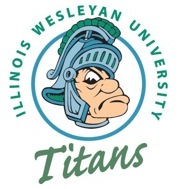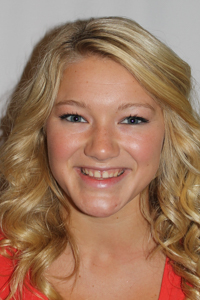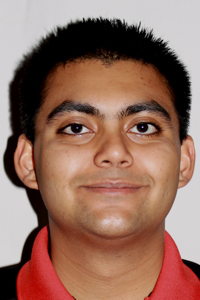Below is a summary of the abstract you submitted. Presenting author(s) is shown in bold.
If any changes need to be made, you can modify the abstract or change the authors.
You can also download a .docx version of this abstract.
If there are any problems, please email Dan at dar78@pitt.edu and he'll take care of them!
This abstract was last modified on May 9, 2016 at 3:32 p.m..

The SEA-PHAGES program was established to expand the knowledge of bacteriophages by giving young adults the opportunity to isolate and analyze their own phage. Through this program in the past two semesters, Illinois Wesleyan's SEA-PHAGES class isolated sixteen phages that infect Mycobacterium smegmatis MC<sup>2</sup> 155 (Ms) and six that infect Rhodobacter capsulatus strain YW1 (Rc). Ms is a species in the phylum Actinobacteria which is commonly found in moist soils while Rc is a photosynthetic member of the phylum Alphaproteobacteria that is typically found in aqueous environments. Rc has been used frequently as a model system in studying photosynthesis and horizontal gene transfer via the phage-like particle known as Gene Transfer Agent, but has rarely been used in bacteriophage studies. Whereas the extensively-studied Ms phages now total over 1,000 isolates, only six phages that infect Rc had been isolated before our work. This made studying Rc phages fascinating, but also difficult because there was little knowledge concerning them. After isolation, our phages were phenotypically characterized and categorized according to their plaque morphology, ability to form lysogens, susceptibility of these lysogens to infection by other phages, and, for the Rc phages, their ability to infect related host strains. Based on these analyses, three small-plaque-forming phages that were unable to form lysogens were chosen for genomic sequencing from the Ms host while three phages with diverse plaque morphologies and host ranges were chosen for the Rc host. The genomes for each of the Ms phages, Yucca, Erdmann, and Daffodil, were found to be relatively large (~155 Kbp), encode many tRNAs, and were highly similar to each other. Based on these characteristics and their relatedness to other known phages (including two found by the 2011 IWU SEA-PHAGES class), each were classified as members of the C1 cluster. The genomes for our three Rc phages, Dormio, McDreamy, and Tiptonus, were found to be much more diverse in size, 41.6 Kbp, 68.2 Kbp, and 95.5 Kbp, respectively, and notably unique. While Dormio was found to be similar to a previously known Rc phage singleton, both McDreamy and Tiptonus have genomes that are much larger than the average known Rc phage genome size of 39.1 Kbp and do not cluster with any of these known Rc phages. This information thus allowed us to form a new cluster “Rc-C” and add two new singletons to the growing family of Rc phages. Lastly, an examination of our Rc-C phage genomes allowed us to come up with two hypotheses to account for our observed differences in host range between these two highly similar members of this new cluster. In summary, our results indicate that our utilization of a well-studied host (Ms) and a novel host (Rc), was successful in allowing us to better understand the diversity of phages and will also hopefully provide a stepping-stone for future pursuers of the same goal.


